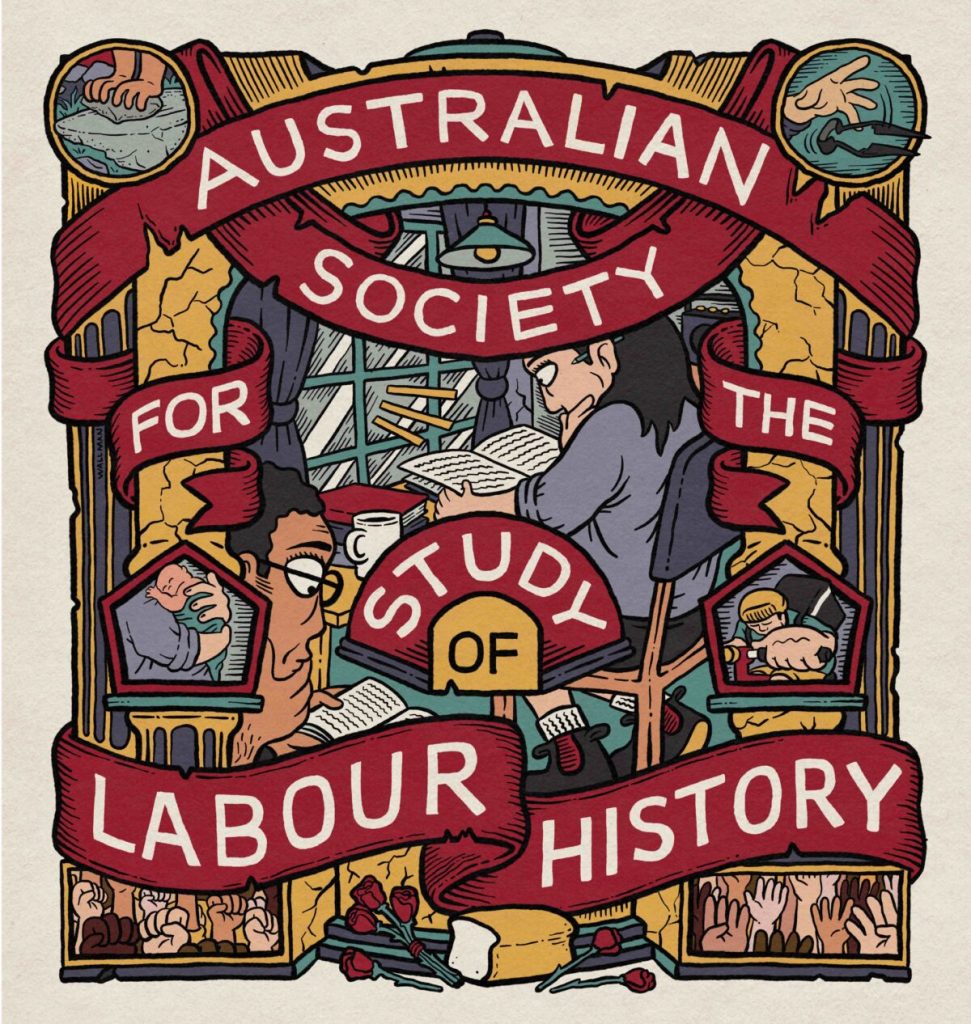“A Brief History of Labour History”
John is a retired ANU history department academic whose PhD was a history of the Federated Ironworkers Association. He was a foundation member of the Australian Society for the Study of Labour History. He has written on the AWU and on the topic of Strikes; and a more recent work is Losing Ground: Grazing in the Snowy Mountains, 1944-1969.

In the 1950s and 1960s, all Australian universities taught labour history. But by the early 1970s, this was no longer true. Why had it been so popular? Why did it then decline?
A few things should be mentioned about the popularity of labour history in these years.
In 1930 W.K. Hancock wrote a short history of Australia, in which he characterised Labor parties as parties of “initiative”, and conservative parties as parties of “resistance”. In the 1940s and 1950s, Labor was seen to be leading the way into the future.

Secondly, Robin Gollan arrived at the ANU’s Research School of Social Sciences [in 1953], an ex-Communist Party member; and later the author of Radical & Working Class Politics (1960). Lots of students wanted to work with him.
And thirdly, Robert Menzies established Commonwealth Scholarships [in 1951], which enabled a lot of people to go to university who might not have been able to otherwise. For people of working-class background, labour history was partly their own family history.
Continue reading